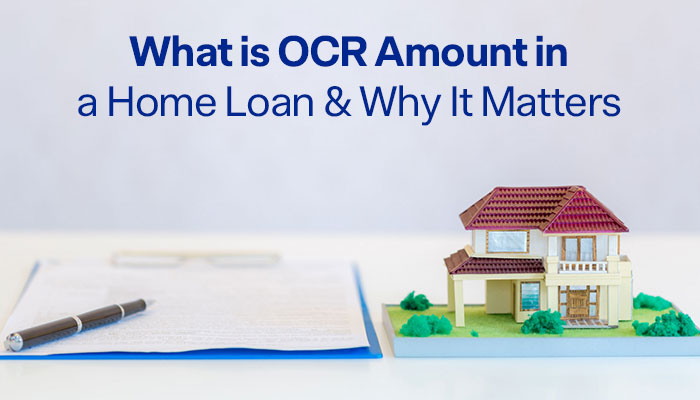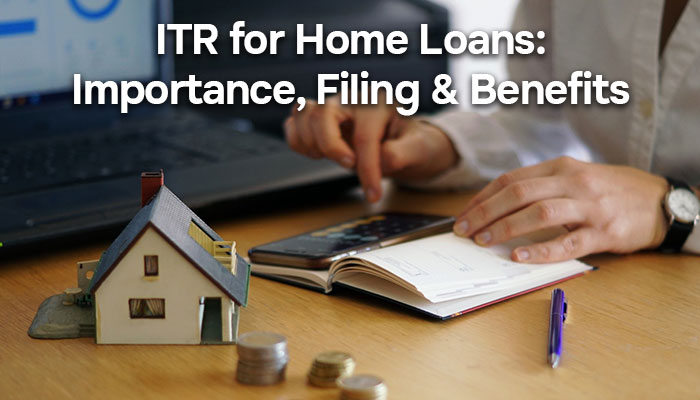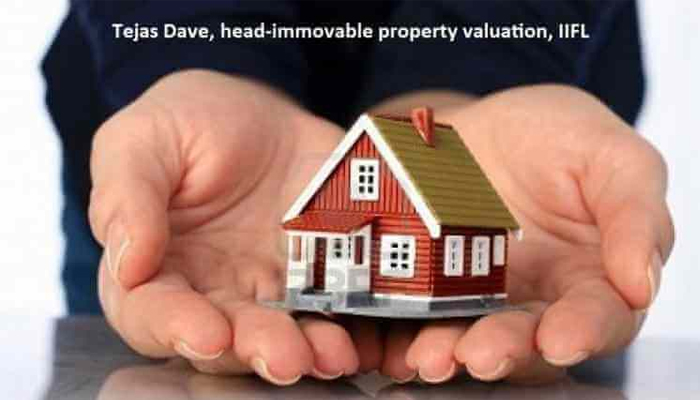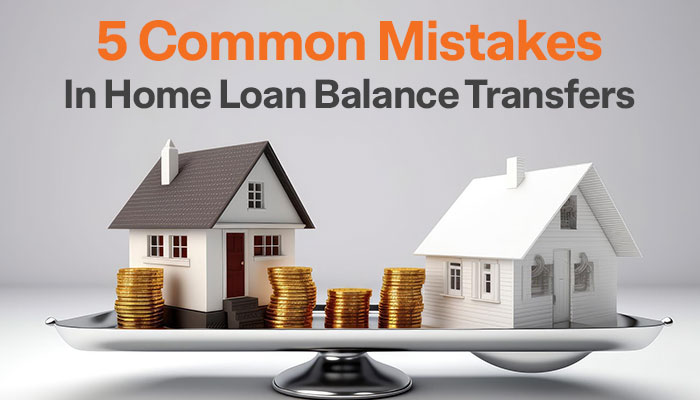Affordable Home Loans in India and IIFL Home Loans
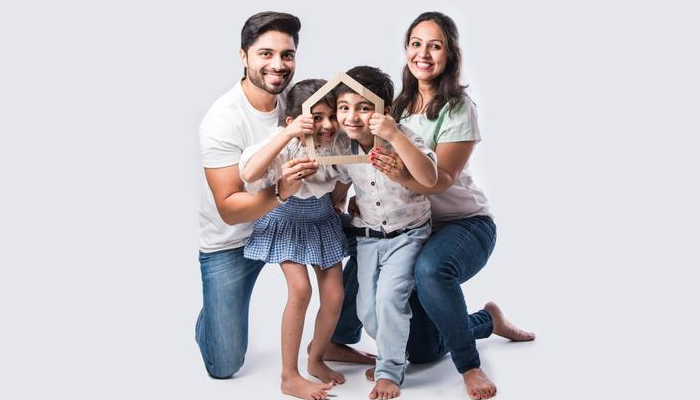
Under its flagship mission, ‘Housing for All,’ the Government of India aims to provide affordable and permanent residential units to all citizens by March 2022. And to accomplish its mission, the Government launched the PMAY (Pradhan Mantri Awas Yojana) initiative in June 2015. Under the scheme, the Government is building more than two crore affordable housing units across cities and towns in India to be distributed to the eligible beneficiaries.
The PMAY scheme has three major components, including CLSS (Credit Linked Subsidy Scheme), AHP (Affordable Housing in Partnership) and ARHCs (Affordable Rental Housing Complexes).
CLSS (Credit Linked Subsidy Scheme)
With CLSS, the government targets to incentivise the citizens by providing an interest subsidy on home loans. A subsidy of up to 6.5% is given to the people to purchase their first residential property.
To ensure that everyone gets maximum subsidy benefits, the Government has divided the eligible beneficiaries into four categories based on their annual income. The four groups are – EWS (Economically Weaker Section), LIG (Lower Income Group), MIG 1 and 2 (Middle Income Group).
EWS & LIG are the households where the annual income is up to 3 Lacs and from 3 Lacs to 6 Lacs, respectively. If you belong to any of these income categories, you are eligible to get an interest subsidy of 6.5% on your home loan. However, you must know that while there is no restriction on the loan amount that you can borrow, the subsidy benefit is available on loan amounts up to 6 lakhs and for a period of 20 years.
Also, the subsidy benefit is available for beneficiary families consisting of husband, wife, and unmarried children. If there is any other individual earning, they will be considered a separate family, and his income will not be considered in family income.
The other vital condition to qualify for the subsidy benefit on a home loan under the PMAY CLSS is that you or any of your family members must not own a pucca house in any part of India. Also, the property you wish to buy must be in town or city listed in statutory town as mentioned in the Census of 2015. You can know about the complete list of towns online here .
If you applied for the PMAY subsidy, you can keep track of your application online through the official PMAY website .
You can apply for a home loan under PMAY with IIFL Home Loans if you meet all the above criteria. We will assist you in getting the subsidy and through every step of the home loan application and make your dream of owning a home come alive.
AHP (Affordable Housing in Partnership)
The Affordable Housing in Partnership (AHP) is one of the critical components of the PMAY Urban. It is specially meant for the people who belong to the EWS (Economically Weaker Section) of the society and cannot afford to construct or buy a house of their own. Through this PMAY Scheme, the Government provides a subsidy of Rs. 1.5 lakhs to all the eligible beneficiaries as central assistance.
The EWS is a category of people whose annual household income is not more than Rs. Three lakhs. And only people from this group are eligible for the AHP scheme. The scheme is implemented by the state government, local urban bodies, or development authorities in collaboration with the private sector real estate developers.
All projects developed under the AHP scheme should have at least 250 houses, and a minimum of 35% of the houses built are meant for the EWS category.
During the allotment stage, preference will be given to senior citizens, people belonging to the SC/ST/OBC and other minority communities, disabled persons, transgender, single women, and other weaker and vulnerable sections of the society.
Under AHP, the upper cap on the EWS houses is decided by the Government. Prices are fixed in a way that the projects are affordable and accessible to the intended beneficiaries.
IIFL Home loans have tied up with numerous state development boards to facilitate loans to EWS people purchasing properties in such units.
ARHCs (Affordable Rental Housing Complexes)
The Affordable Rental Housing Complexes (ARHC) is a sub-scheme under the PMAY -U. It aims to provide affordable rental housing units to urban migrants near their workplaces. With this initiative, the Government seeks to create an ecosystem for the public and private entities to leverage investment in rental housing.
The beneficiaries of AHRCs can be urban migrants and people from the EWS and LIG categories. This could be construction workers, migrants working with trade associations, educational or health institutions, the hospitality industry, etc.
ARHCs is implemented through 2 models:
- By converting already existing vacant houses funded by Government to convert into ARHCs. The same is done through either partnership of public and private agencies or Public Agencies
- Construction, Operation and Maintenance of ARHCs by Public/ Private Entities on their own vacant land
Tags
Disclaimer: The information contained in this post is for general information purposes only. IIFL Home Finance Limited (including its associates and affiliates) ("the Company") assumes no liability or responsibility for any errors or omissions in the contents of this post and under no circumstances shall the Company be liable for any damage, loss, injury or disappointment, etc. suffered by any reader. All information in this post is provided "as is", with no guarantee of completeness, accuracy, timeliness, or of the results, etc. obtained from the use of this information, and without warranty of any kind, express or implied, including, but not limited to warranties of performance, merchantability, and fitness for a particular purpose. Given the changing nature of laws, rules, and regulations, there may be delays, omissions, or inaccuracies in the information contained in this post. The information on this post is provided with the understanding that the Company is not herein engaged in rendering legal, accounting, tax, or other professional advice and services. As such, it should not be used as a substitute for consultation with professional accounting, tax, legal or other competent advisers. This post may contain views and opinions which are those of the authors and do not necessarily reflect the official policy or position of any other agency or organization. This post may also contain links to external websites that are not provided or maintained by or in any way affiliated with the Company and the Company does not guarantee the accuracy, relevance, timeliness, or completeness of any information on these external websites. Any/ all (Home/ Loan Against Property/ Secured Business Loan/ Balance Transfer/ Home Improvement Loan/ NRI Home Loan/ Home Loan for Uniformed Services) loan product specifications and information that may be stated in this post are subject to change from time to time, readers are advised to reach out to the Company for current specifications of the said (Home/ Loan Against Property/ Secured Business Loan/ Balance Transfer/ Home Improvement Loan/ NRI Home Loan/ Home Loan for Uniformed Services) loan.
 Login
Login






